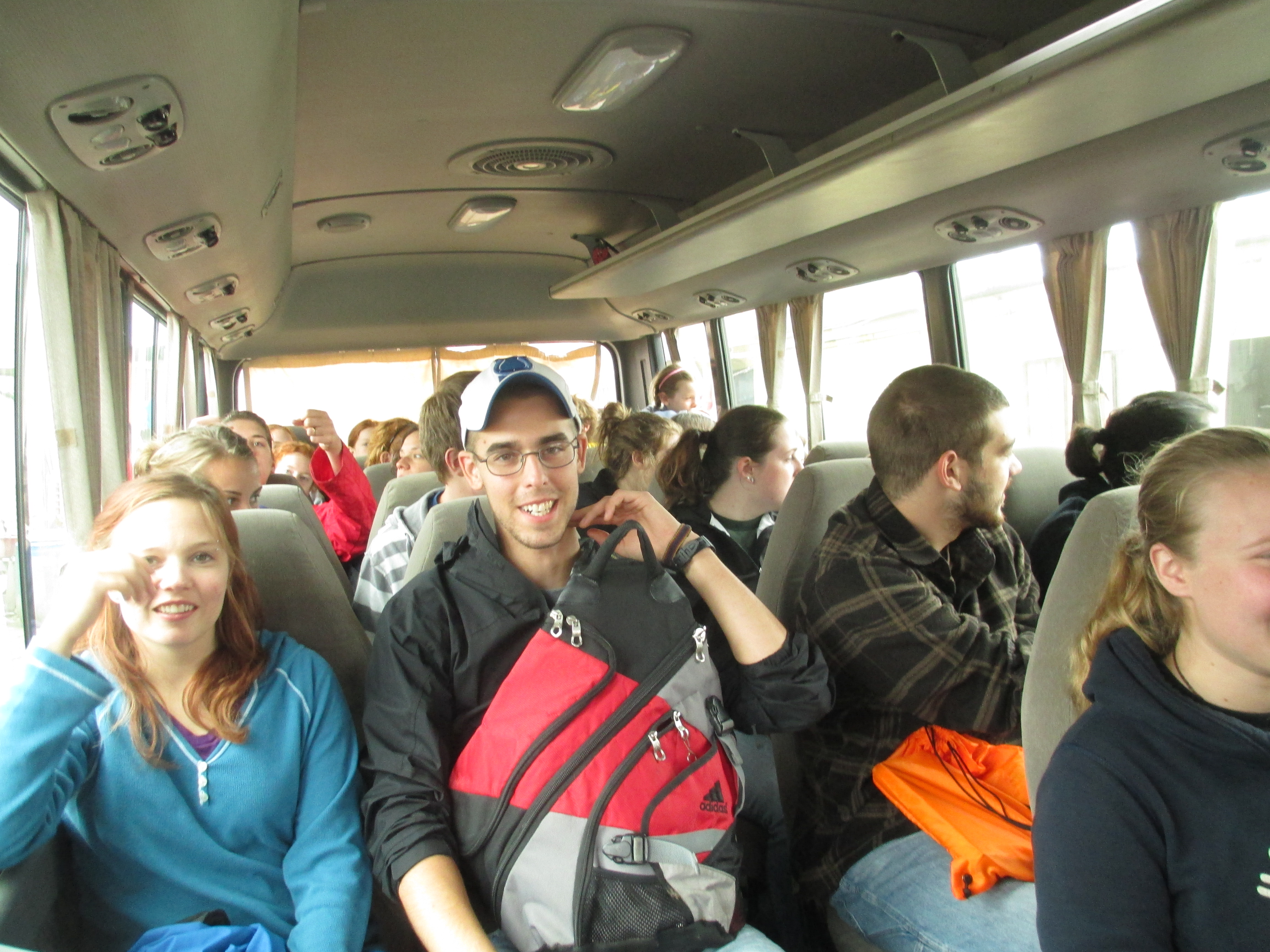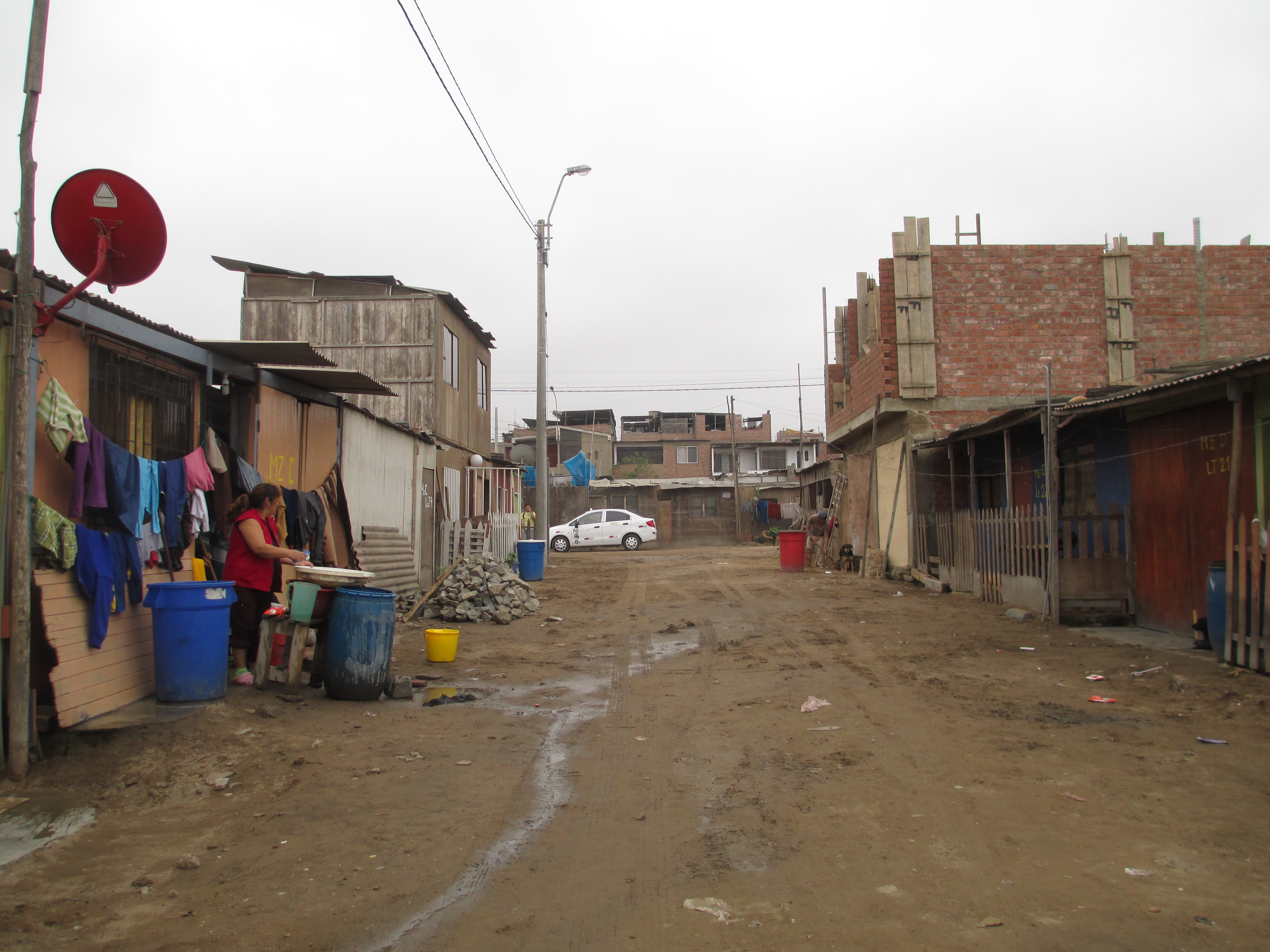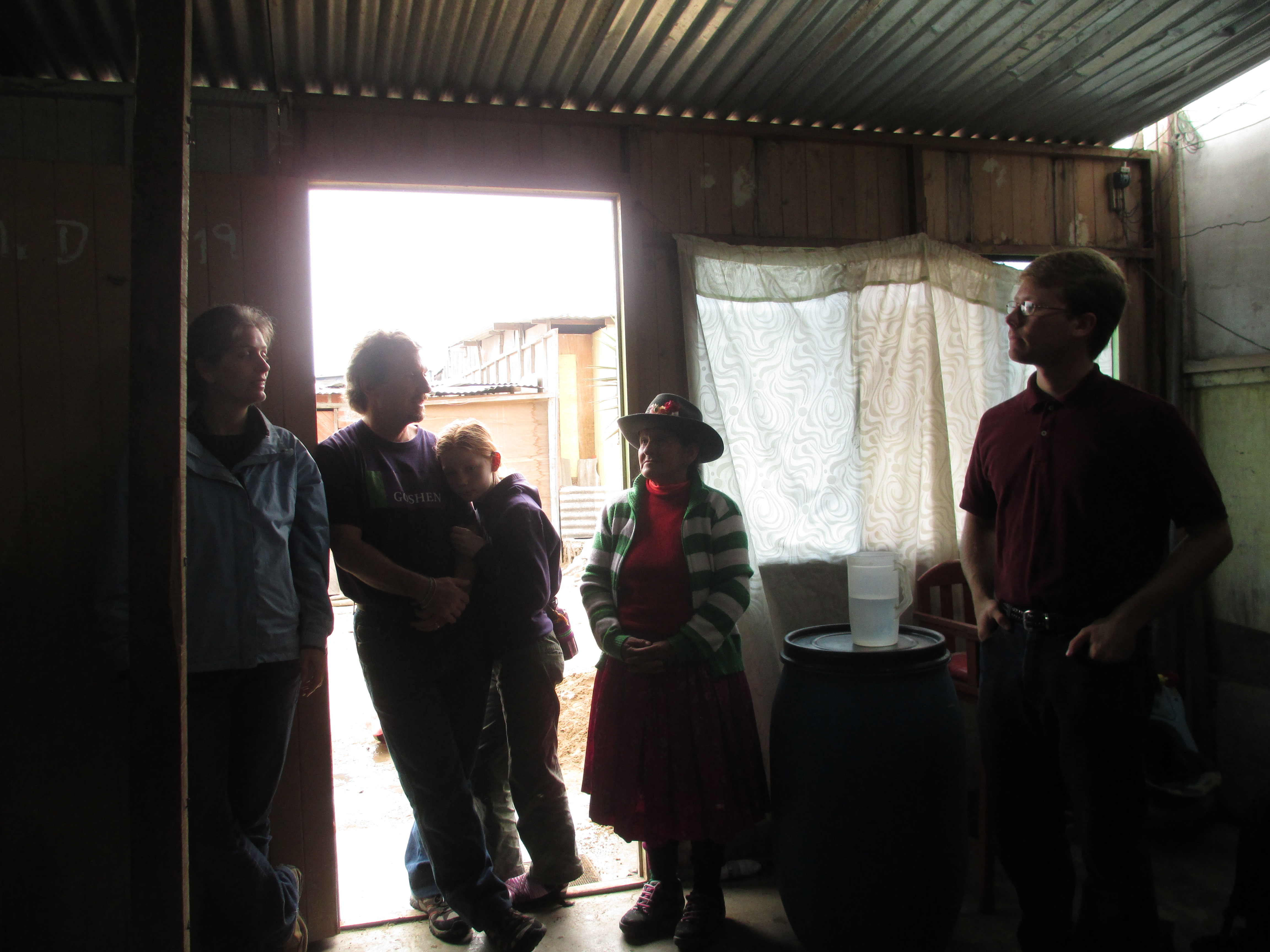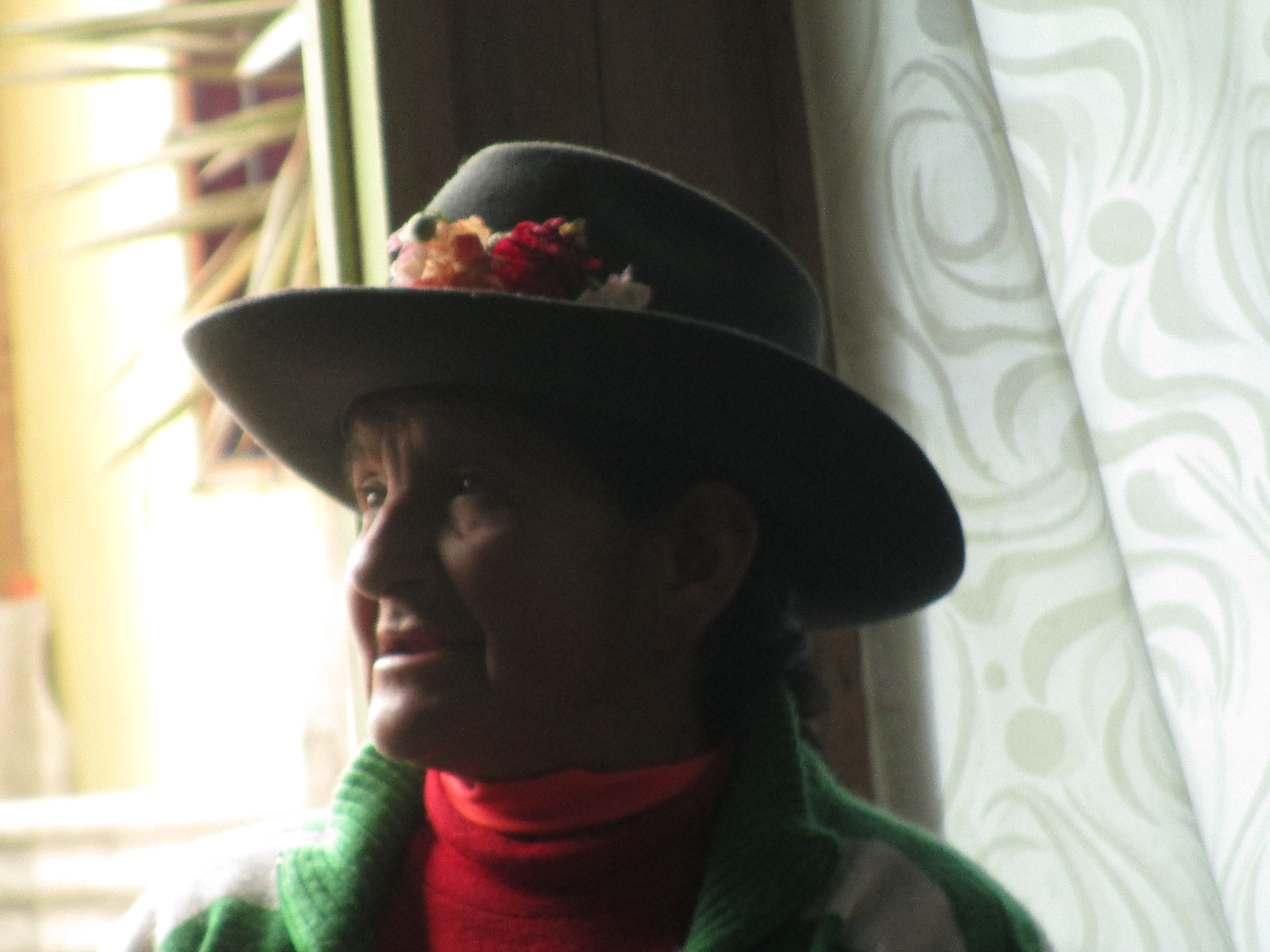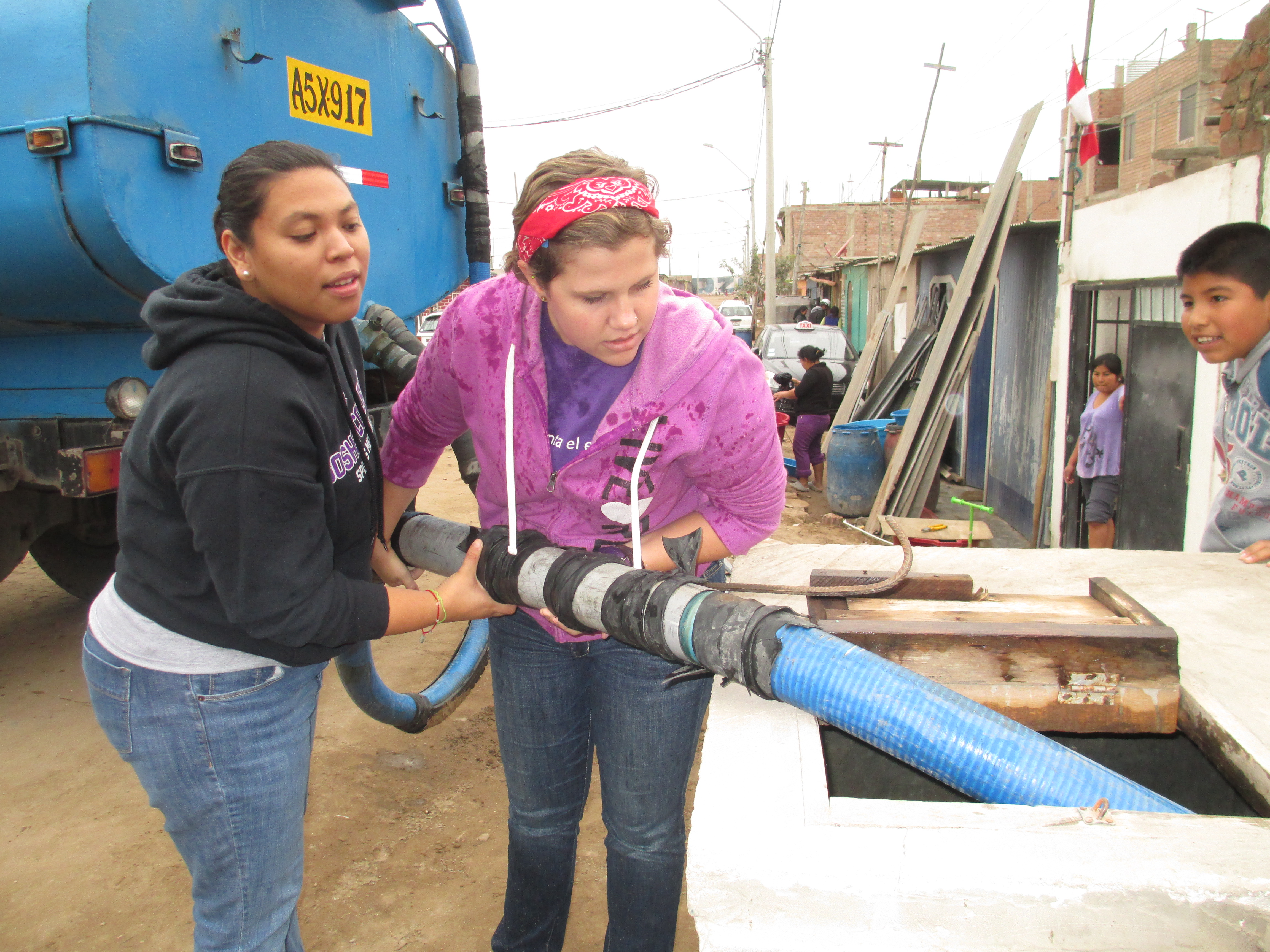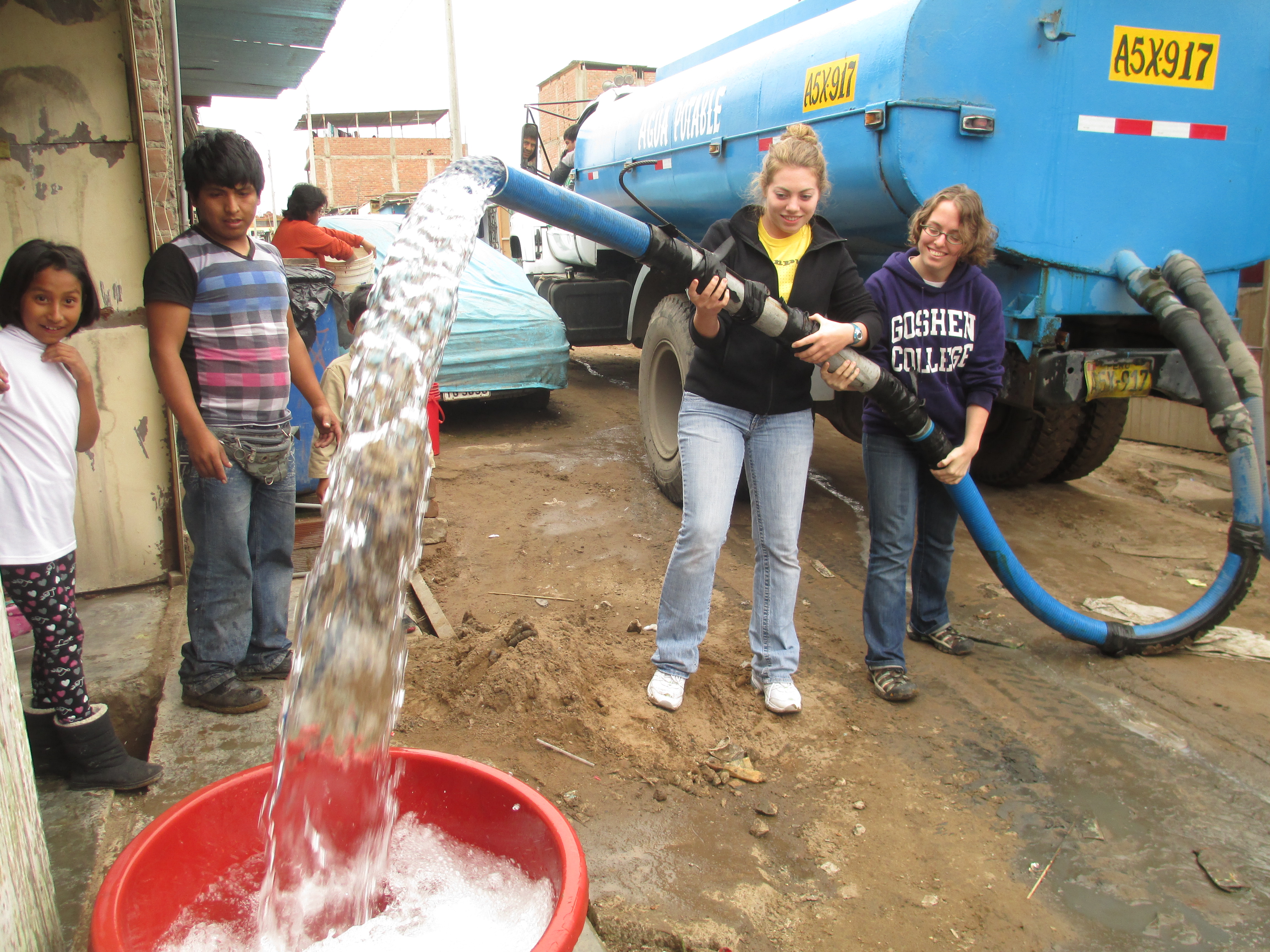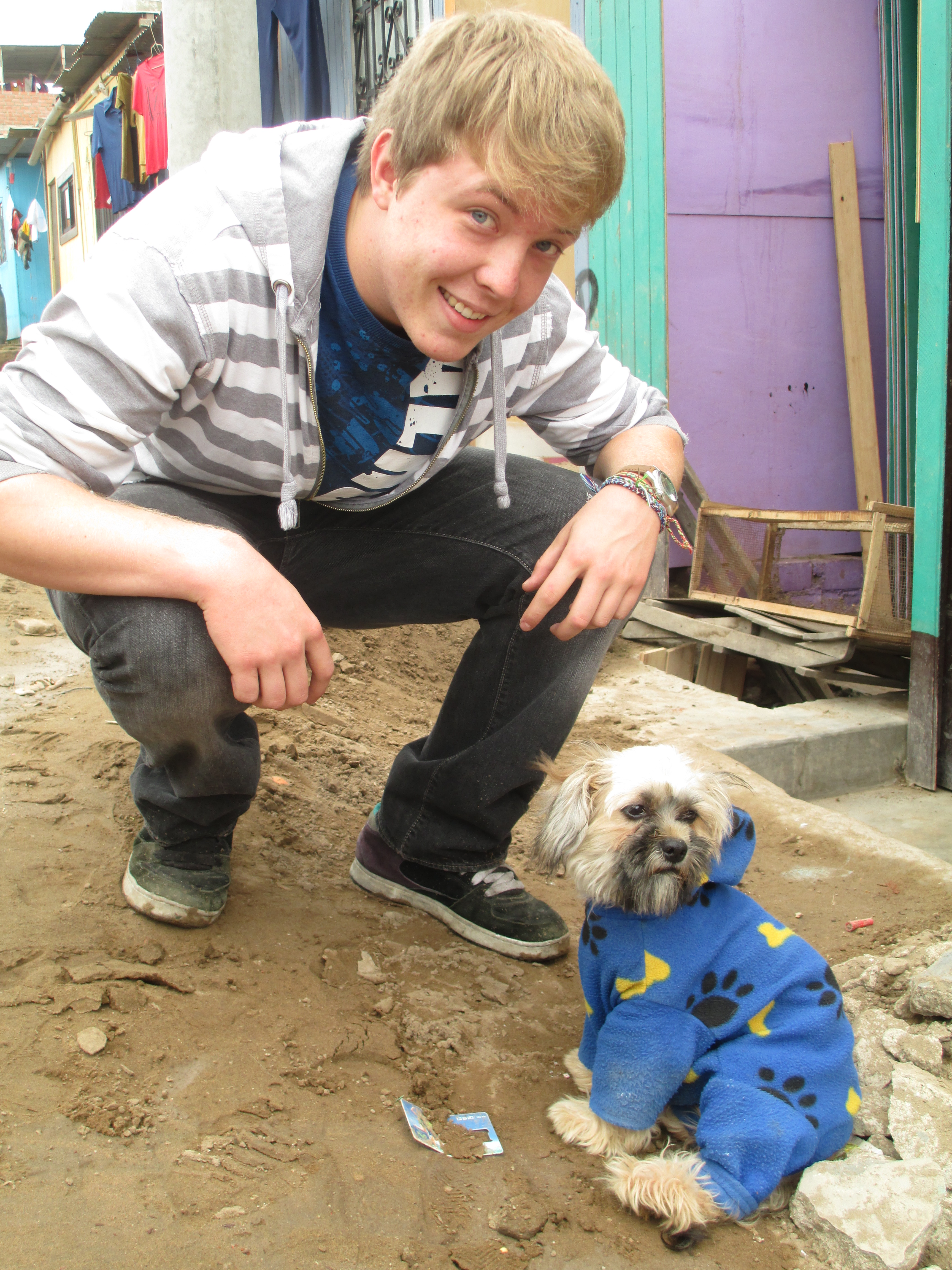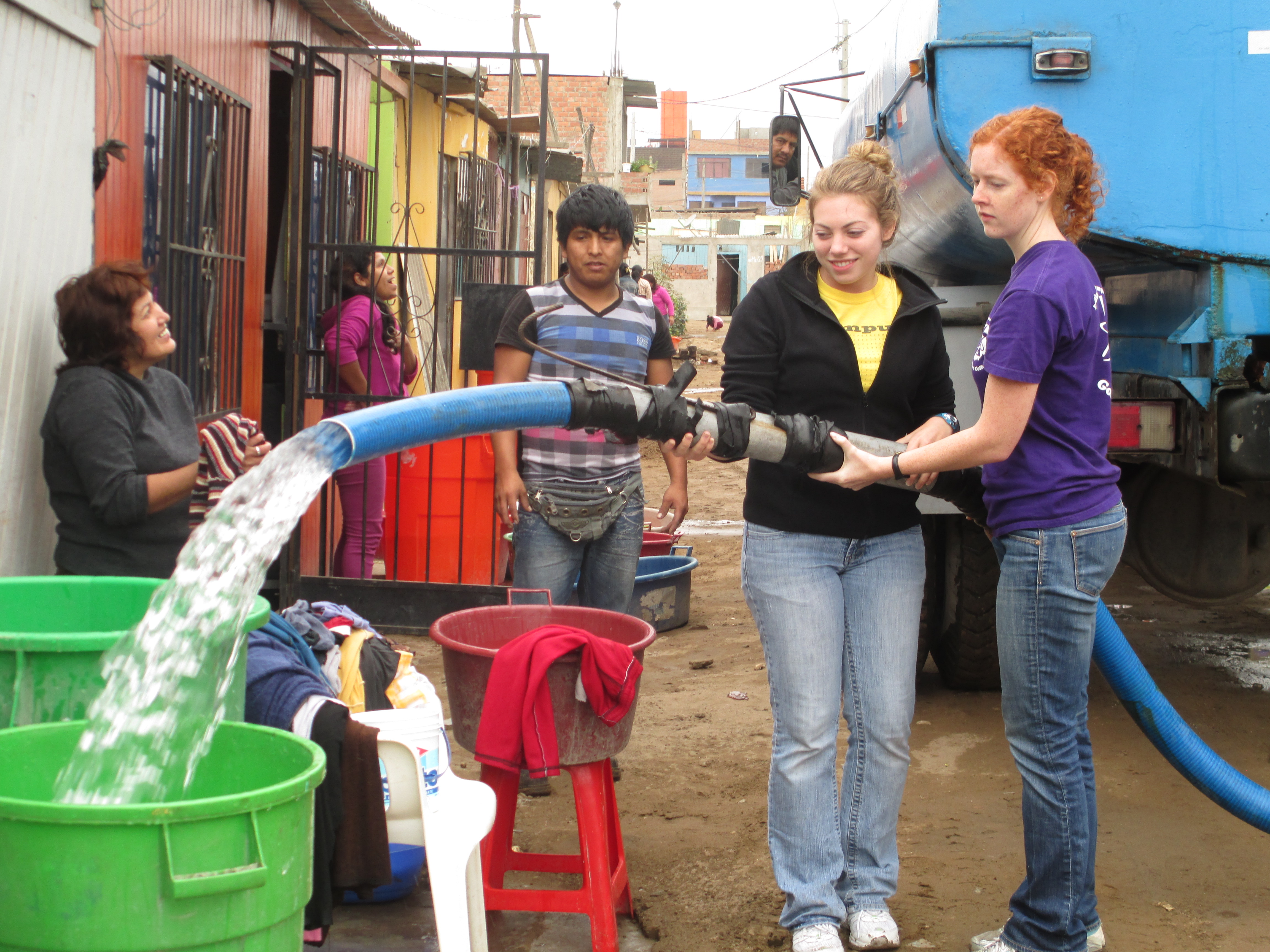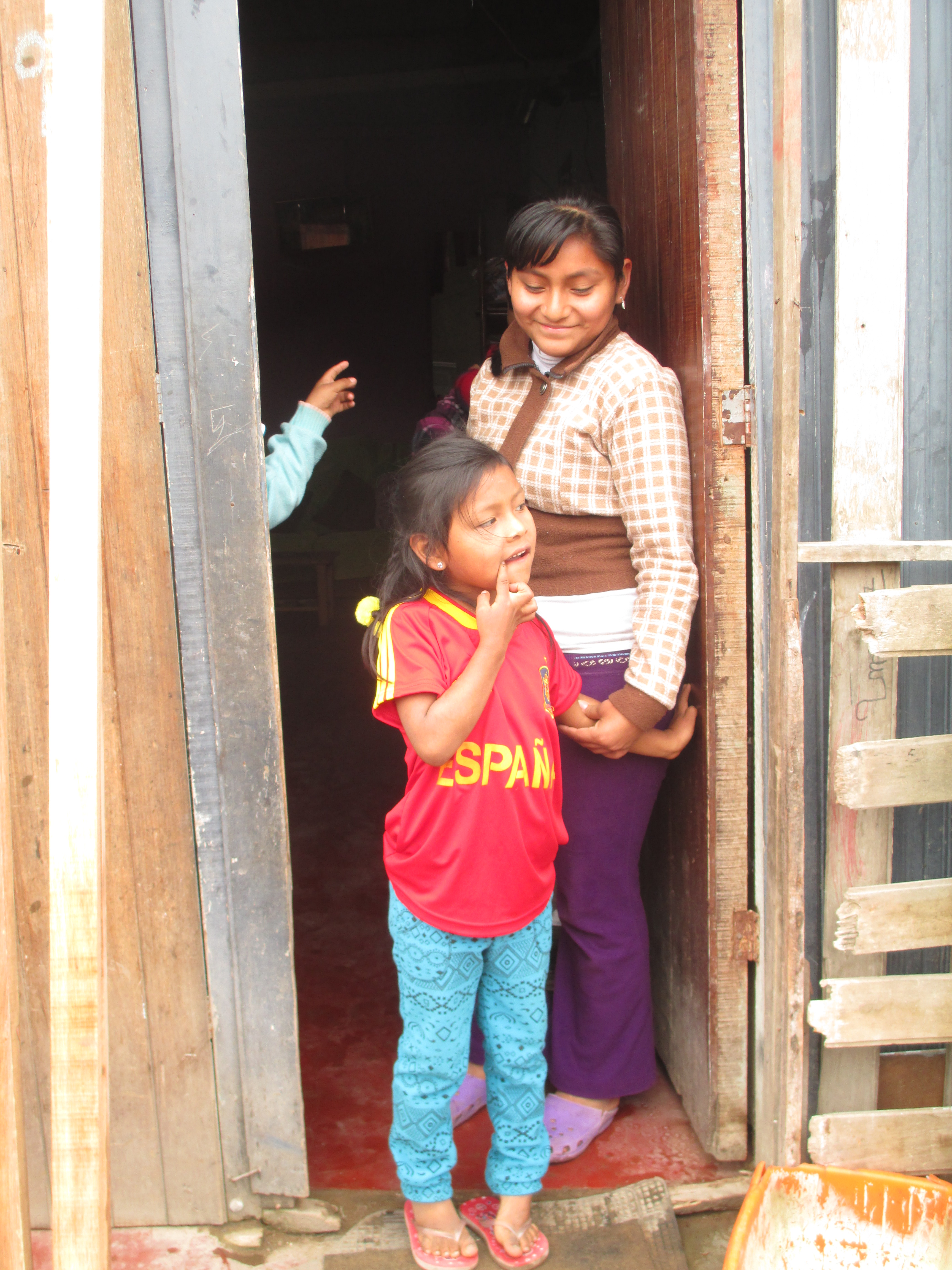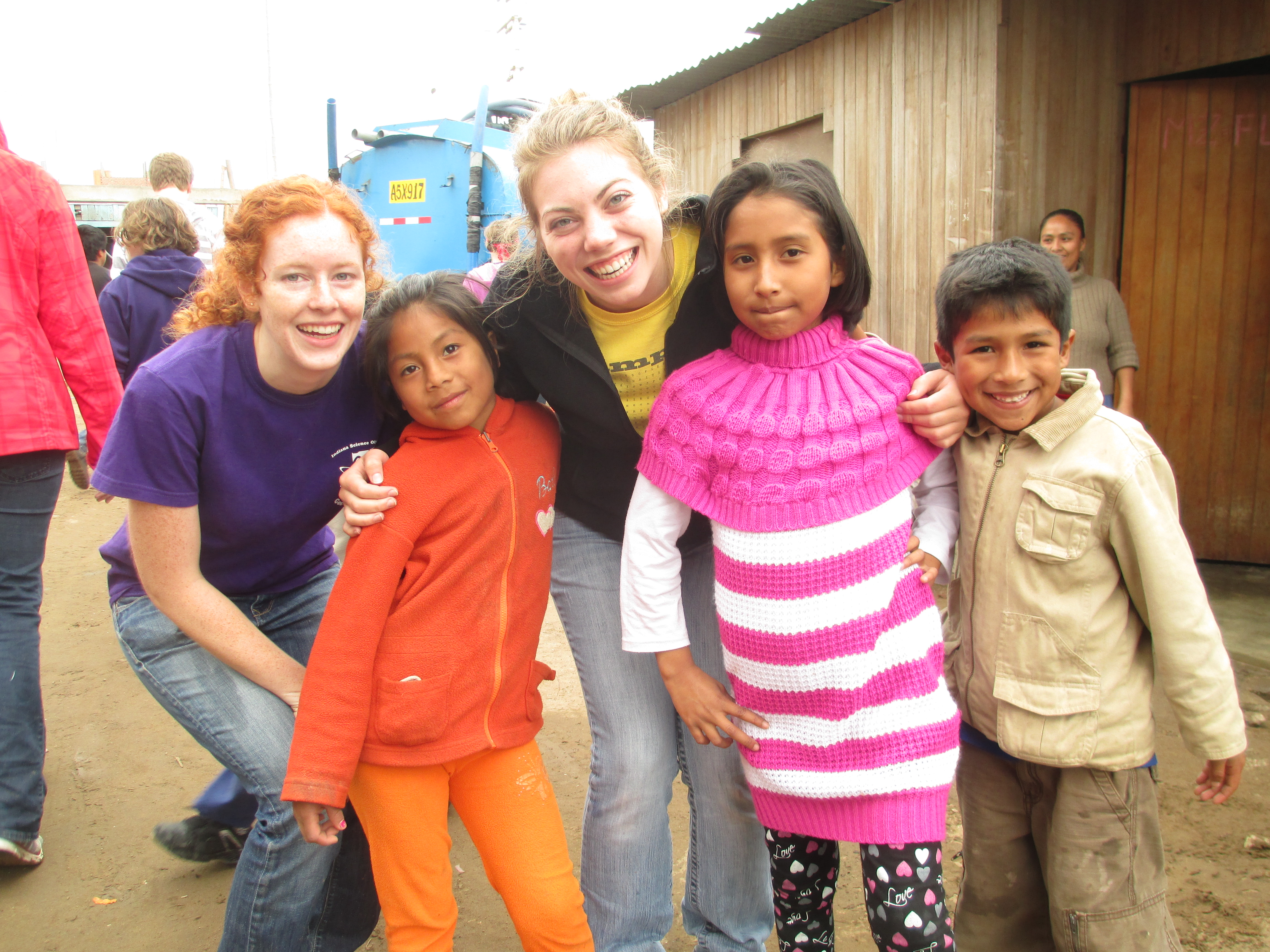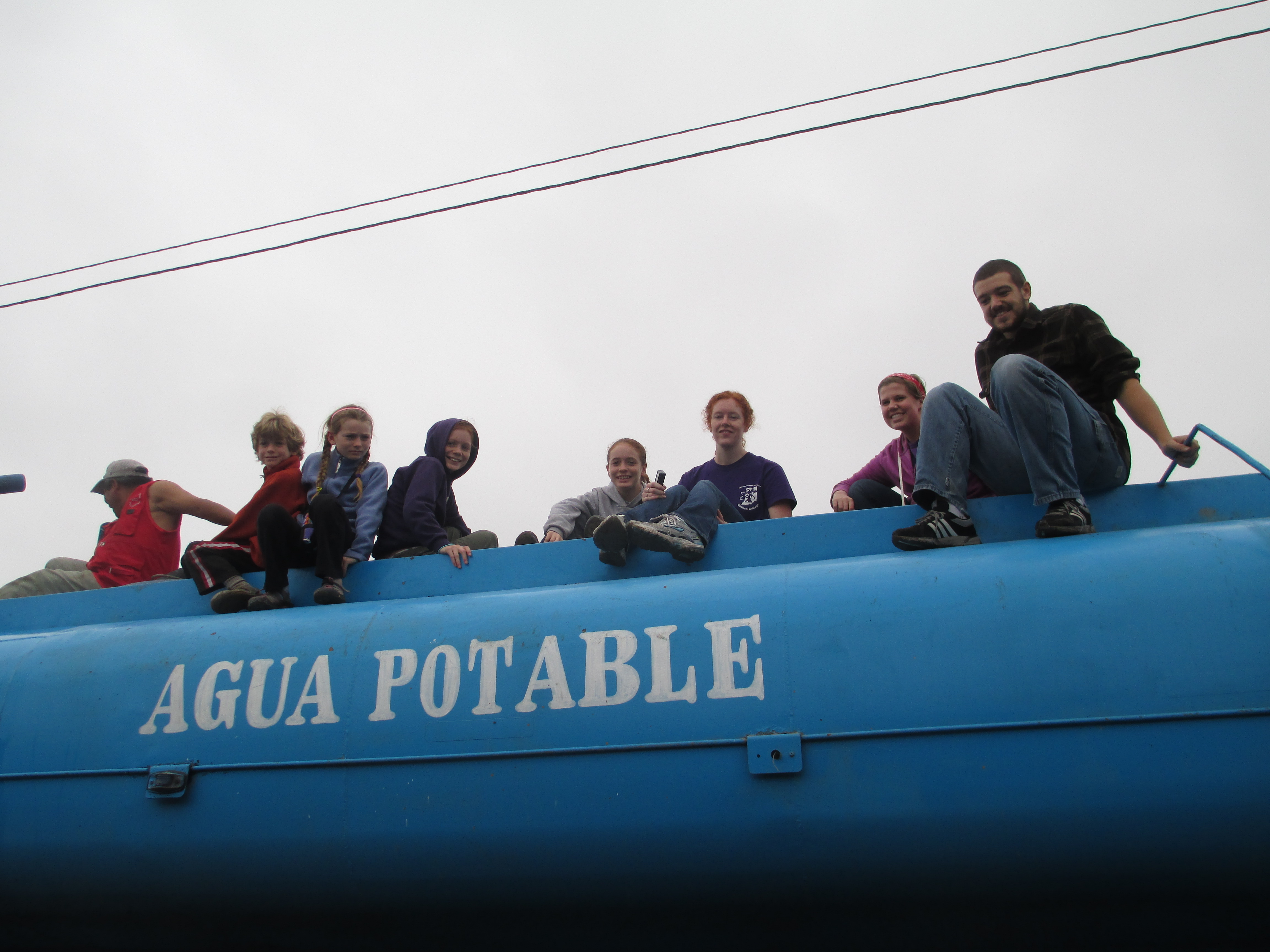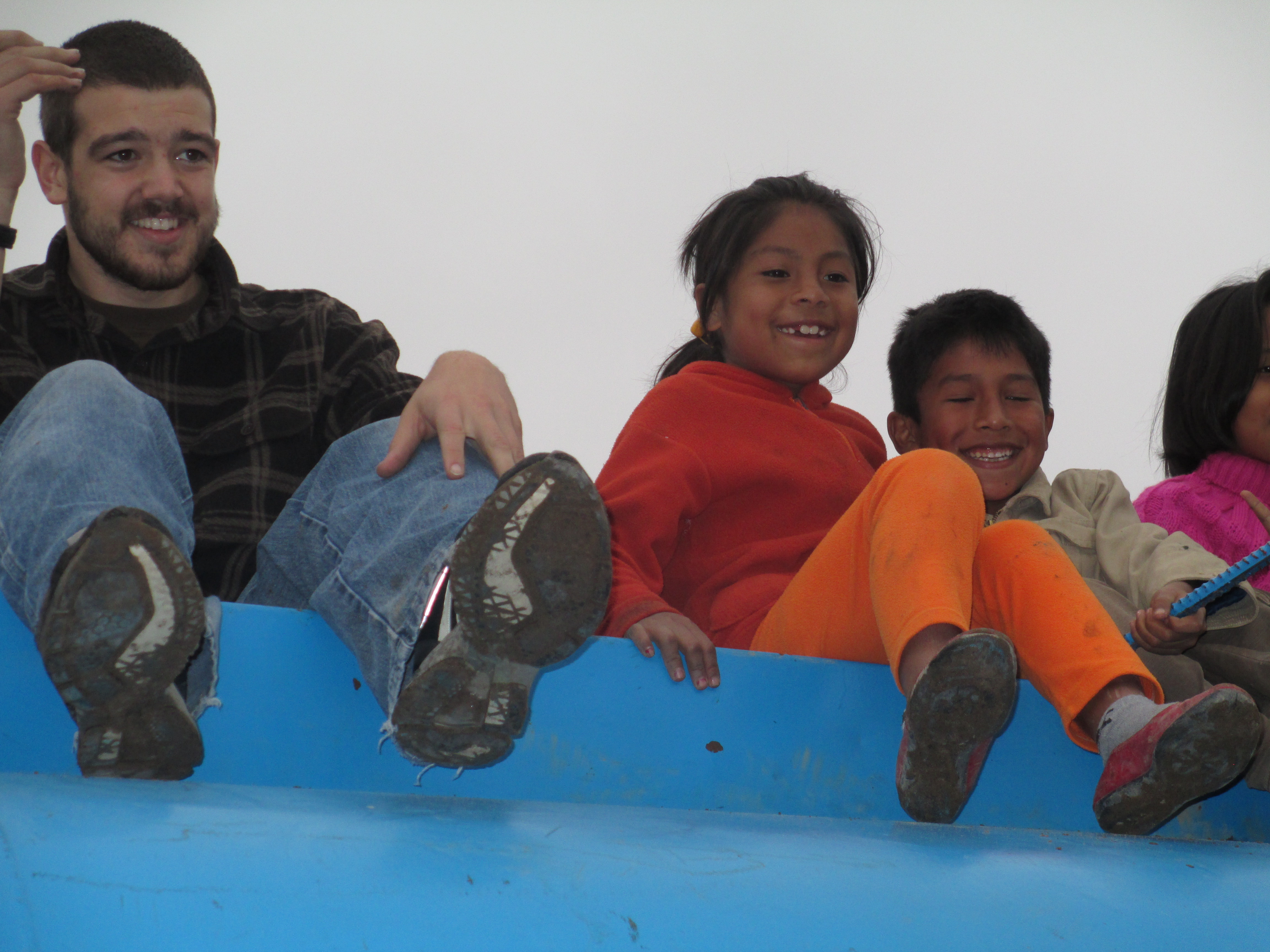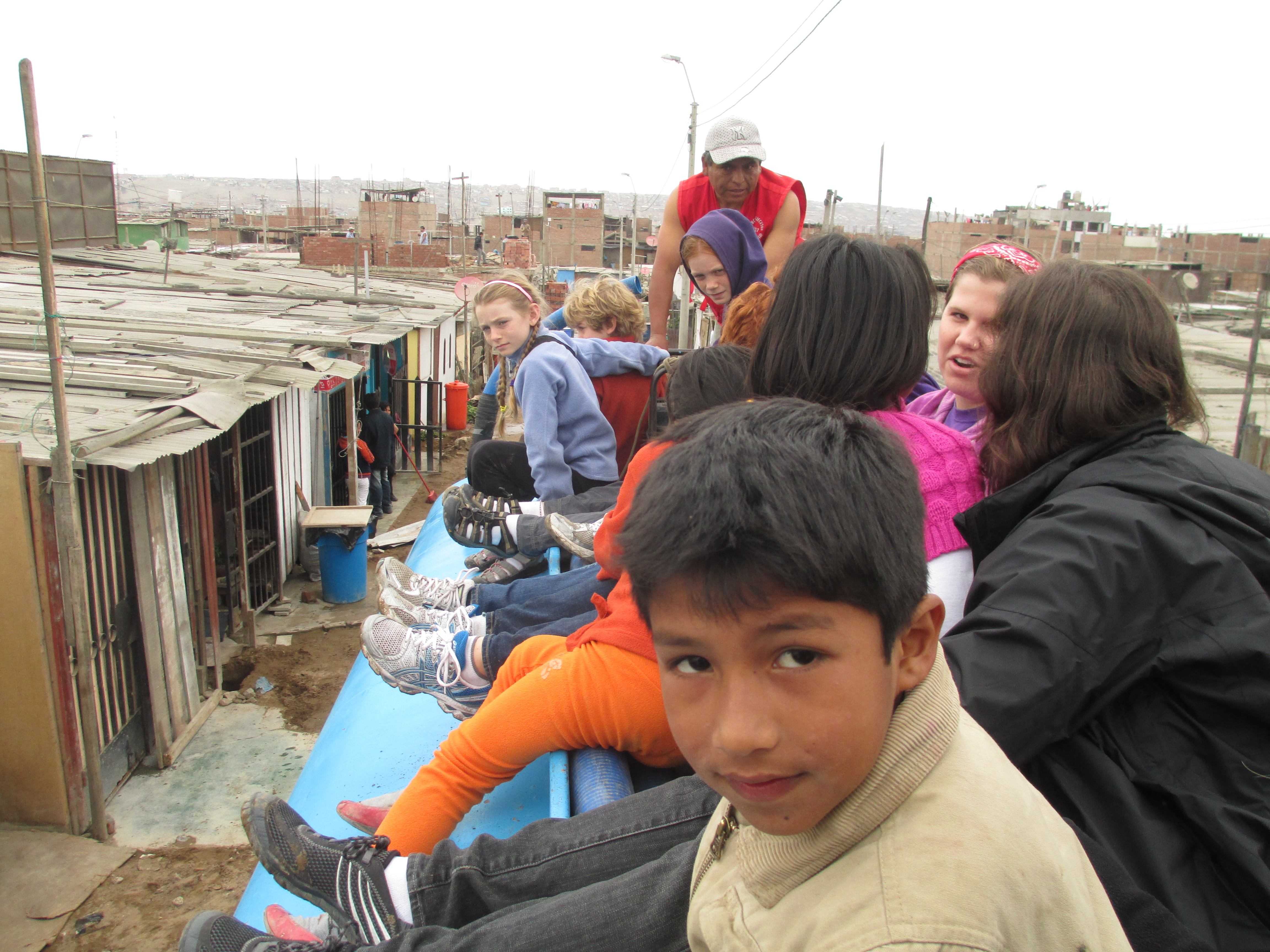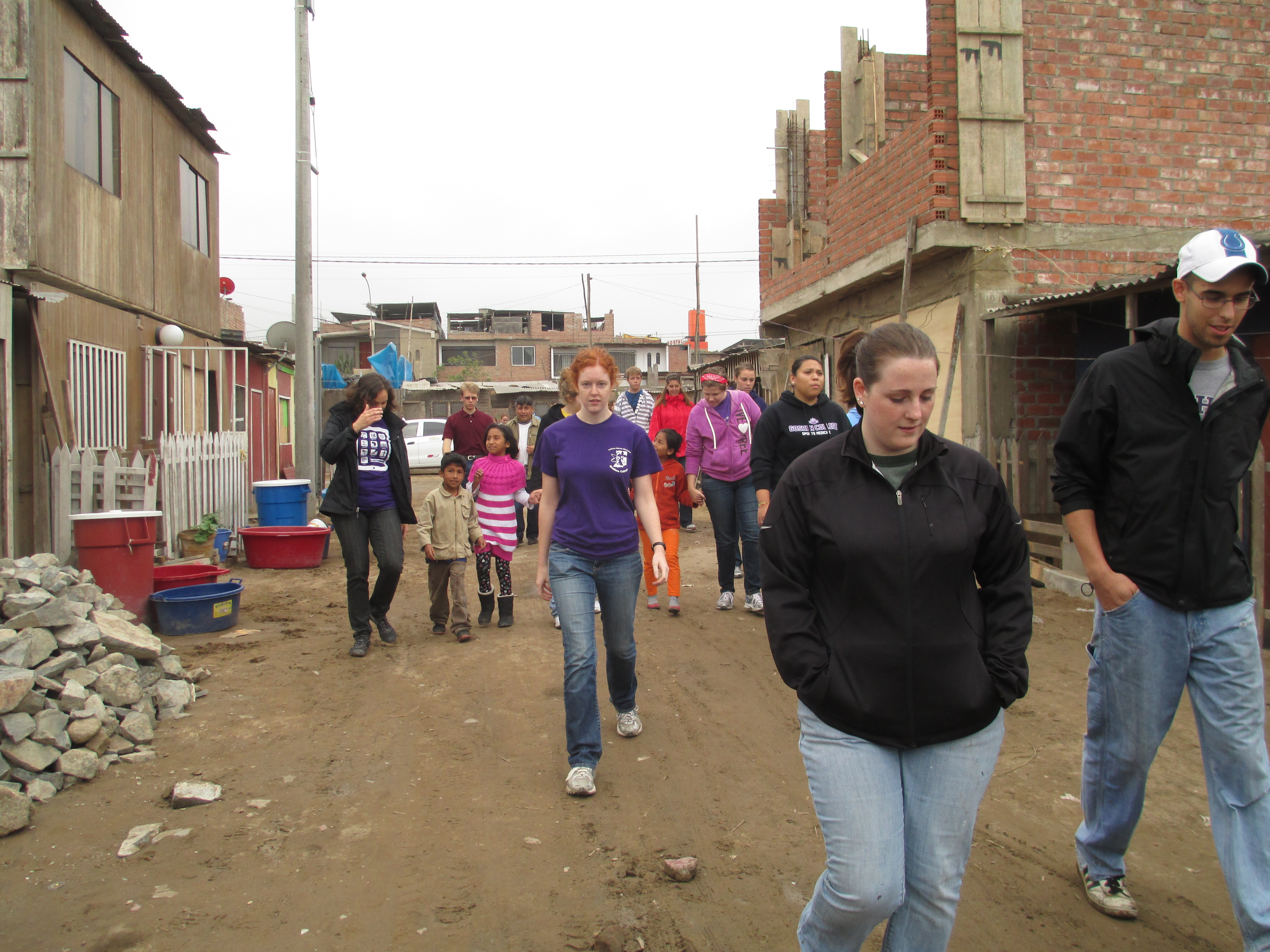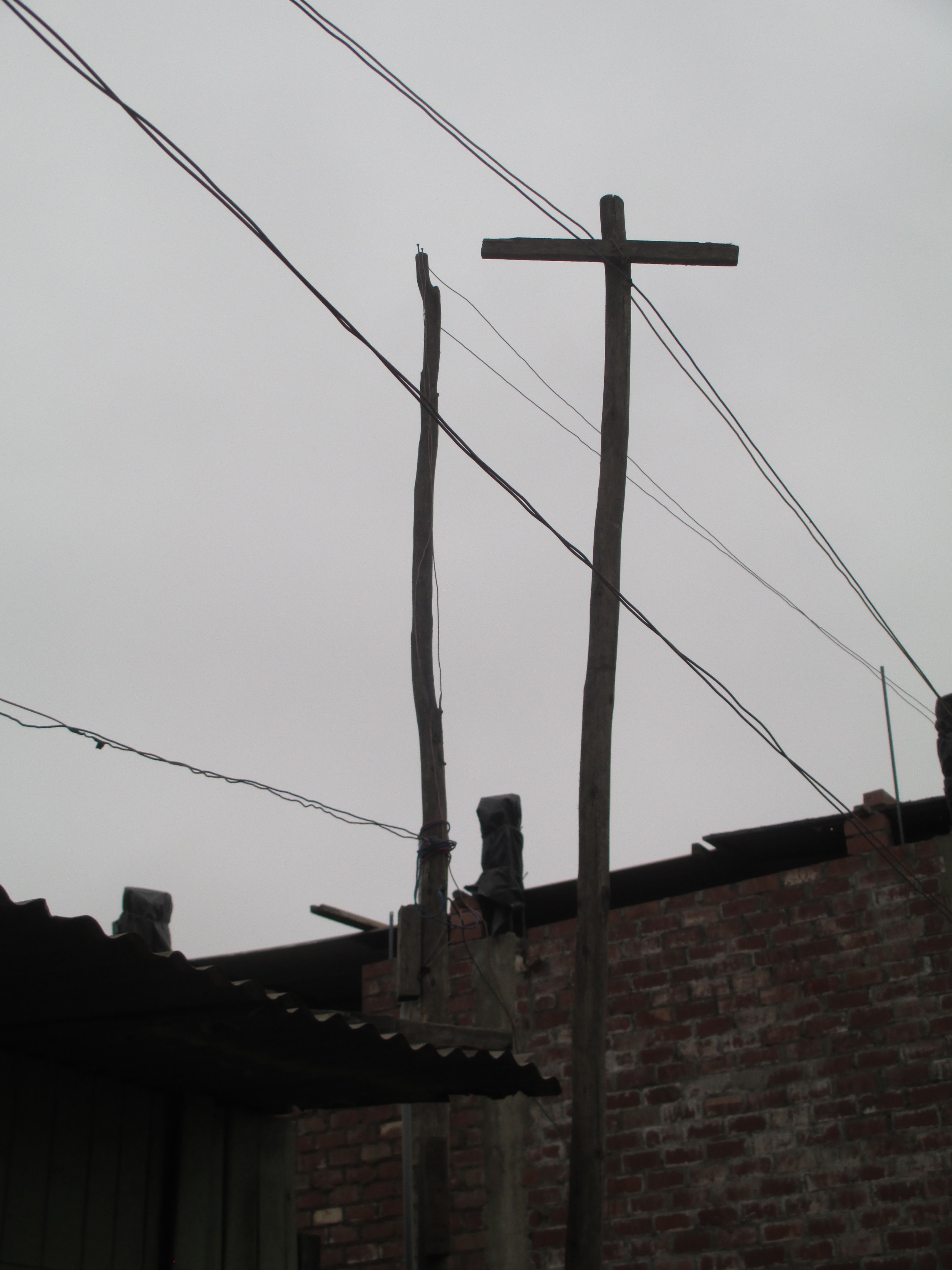Living on the Edge — Water
We often take for granted the pipes that bring drinking water into our homes and take waste water away to the treatment center. But what would it be like to live in a house without running water or a sewage system?
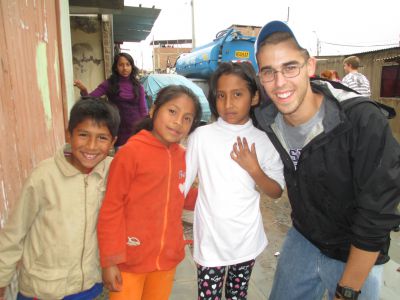
We didn’t need to drive very far from our program’s headquarters to find out. Less than an hour from Good Shepherd Church in Miraflores is one of many neighborhoods that were began as “invasions” within the last several decades. The sector we visited, Chavin de Huantar in the city of Villa El Salvador, is 13 years old. In 1999, two thousand people without homes settled in a tract of undeveloped land in this venerable desert south of Lima. They carved up the dusty earth into small parcels and quickly began building homes out of estera (reed mats) and, later, plywood.
Just two months ago the residents finally received title to their land from the municipal government. Their persistence has paid off. In the meantime, they have survived without basic public services — paved roads, sidewalks, electricity, sewer or running water. Residents purchase bucket- or barrel-fulls of water from passing trucks each day for cooking, cleaning and drinking. The water is expensive; at 60 cents a container the cost per gallon is several times higher than the price we pay at our home, Casa Goshen, in relatively well-off Miraflores.
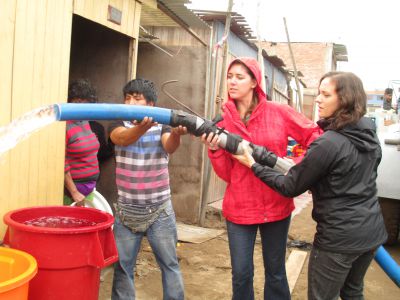
Using funds donated by friends in North America, we purchased two full tanker trucks worth of water and delivered it, splashes and all, to people in the neighborhood. They seemed surprised and delighted to have a little extra water to do their washing. And we enjoyed interacting with lots of children along the way — the teachers were on strike this week. With no school in session, our visit became the main entertainment of the day. And, we hope, our actions demonstrated a bit of the love Christ asks us to share with our neighbors, whether east or west, north or south.
